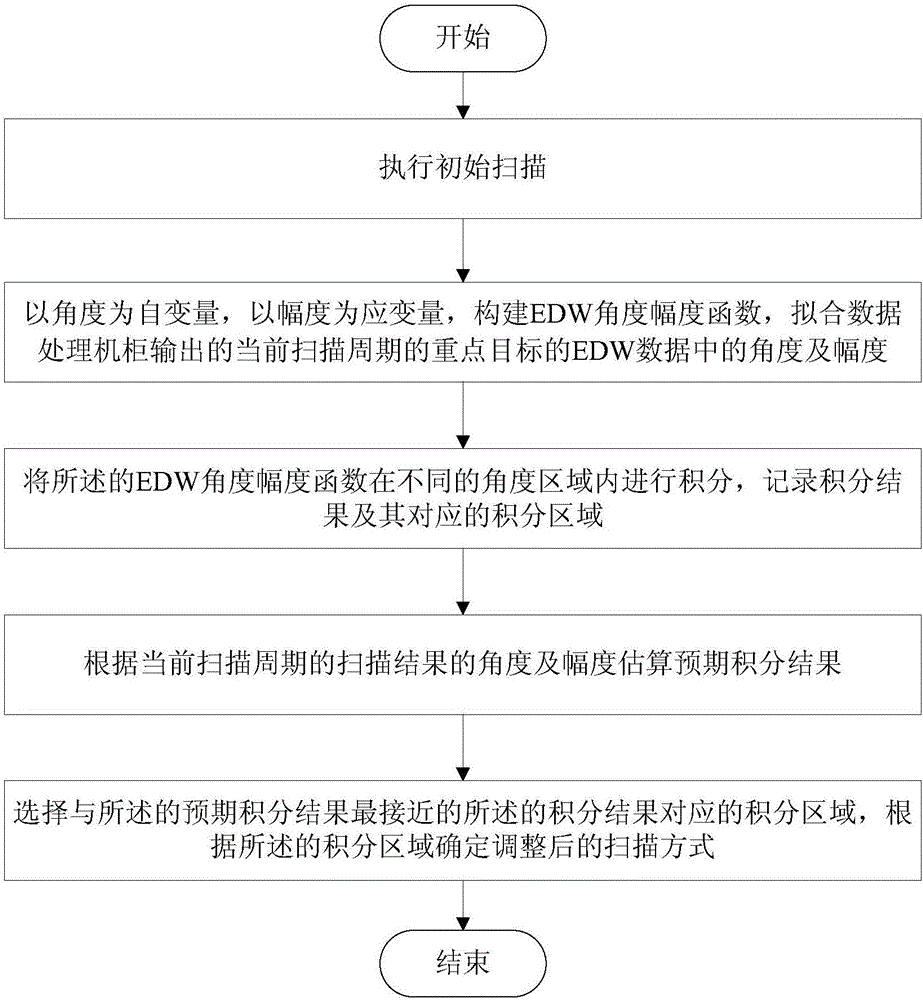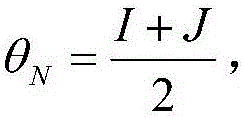Adaptive adjustment method for scanning mode of radar at passive working mode
A technology of adaptive adjustment and scanning mode, applied in the field of radar detection, can solve the problems of reduced observation accuracy, high dependence on radar operator's operation level, low effective data rate, etc., and achieve the optimal matching effect
- Summary
- Abstract
- Description
- Claims
- Application Information
AI Technical Summary
Problems solved by technology
Method used
Image
Examples
Embodiment Construction
[0010] In order to make the purpose, technical solutions and advantages of the present invention clearer, the technical solutions in the present invention will be clearly and completely described below in conjunction with the accompanying drawings in the embodiments of the present invention. Obviously, the described embodiments are one of the present invention Examples, not all examples. Based on the embodiments of the present invention, all other embodiments obtained by persons of ordinary skill in the art without making creative efforts belong to the protection scope of the present invention.
[0011] Implementation process and software flow such as figure 2 As shown, the specific description is the following process.
[0012] S1 performs initial scanning: if it is the first round of scanning, the current scanning method is determined manually; if it is not the first round of scanning, the current scanning method adopts the scanning method given in step S8 of the previous ...
PUM
 Login to View More
Login to View More Abstract
Description
Claims
Application Information
 Login to View More
Login to View More - R&D
- Intellectual Property
- Life Sciences
- Materials
- Tech Scout
- Unparalleled Data Quality
- Higher Quality Content
- 60% Fewer Hallucinations
Browse by: Latest US Patents, China's latest patents, Technical Efficacy Thesaurus, Application Domain, Technology Topic, Popular Technical Reports.
© 2025 PatSnap. All rights reserved.Legal|Privacy policy|Modern Slavery Act Transparency Statement|Sitemap|About US| Contact US: help@patsnap.com



